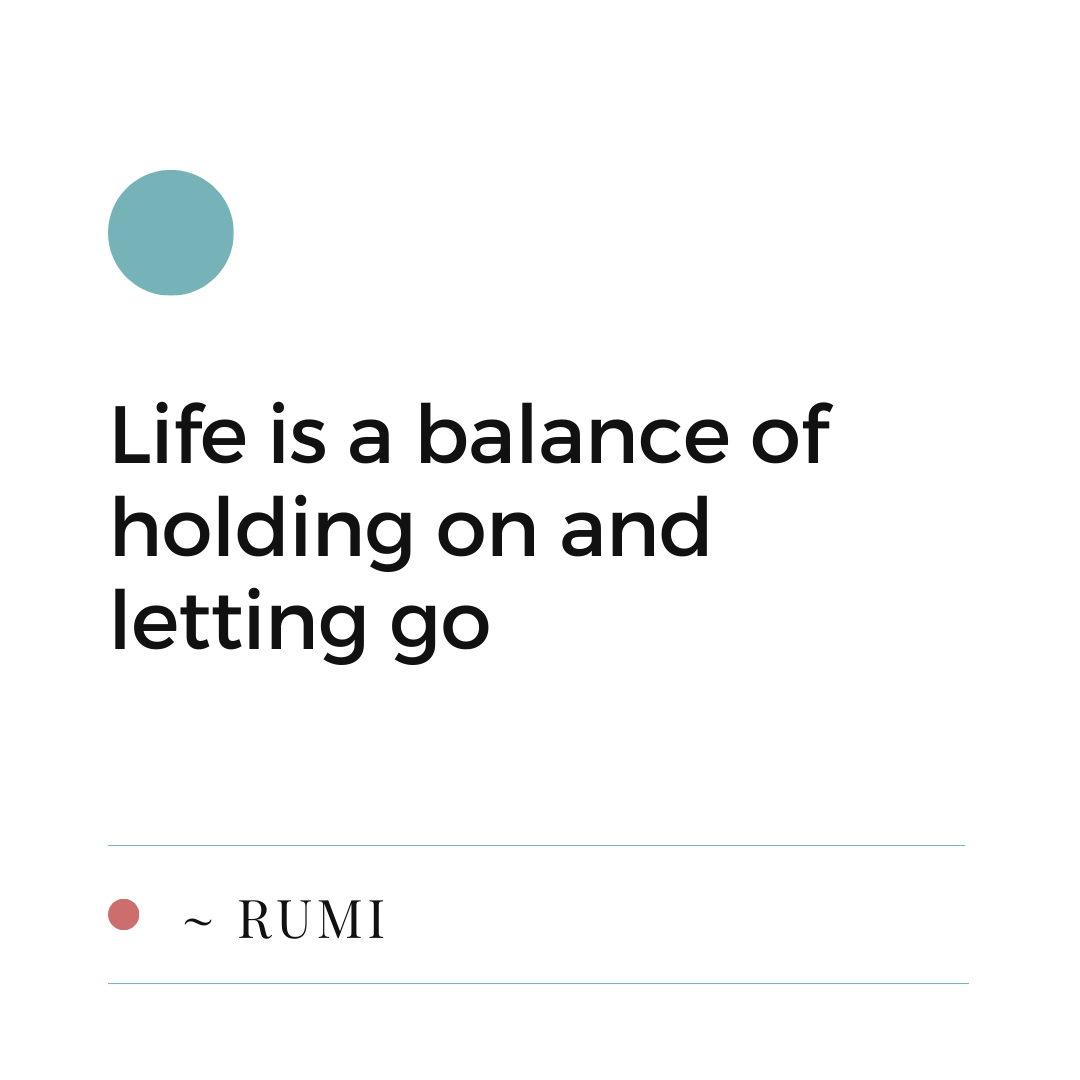|
I hope this post finds you well. Today, I wanted to delve into a transformative practice that I recently discovered in Kristin Neff's book, Self-Compassion: The Proven Power of Being Kind to Yourself. In her book, Neff introduces the concept of Supportive Touch, which immediately resonated with me, particularly in the context of my yoga teachings. I often encourage individuals during yoga sessions to draw themselves in, to create a space of comfort and care within. This can be as simple as moving into child's pose or embracing oneself by drawing knees to the chest. Reflecting on this practice, I realized that the simple act of self-embrace - a self-hug, if you will - holds far more profound power than I previously understood. Neff's insights shed light on the psychological and physiological impact of this supportive touch. For instance, the release of oxytocin, often referred to as the "love hormone" or "cuddle chemical," fosters trust, relaxation, and a deeper connection with oneself. It's a gesture of self-welcome and comfort that can significantly influence our body, mind, and spirit. What struck me most was how I've been guiding individuals to connect with their bodies through touch, asking them to place their hand on specific areas to feel muscles or joints working. Little did I realize the broader implications and the inherent potential of such practices. I invite you to explore a snippet from Neff's book, where she discusses Supportive Touch, exemplifying it as a form of a self-hug. Click here to access this excerpt and consider incorporating a self-compassion hug into your pre, mid, or post-exercise routine this week. The act of self-compassion through a simple hug is a personal gift only you can give yourself. Consider how this practice might positively impact your well-being. Stay well and happy moving, Lisa 🌺 P.S., Curious about in person yoga with me? Next Thursday November 2 starts the next 8 week series of yoga classes at Grandview Heights Community Hall. Two times to choose from - 6:30 pm or 8 pm. Click here for the details. It would be a privilege to have you join our class.
0 Comments
Hello! Last week, we talked about three unexpected ways to challenge your balance by playing around with your base of support. If you missed it, you can catch up now (video included!) And today, we're diving into a topic that might seem a bit "eye-opening," pun intended! It's all about the fascinating and often overlooked connection between your visual system and your balance. When we think about balance, most of us imagine standing on one leg with our eyes closed, wobbling like a weeble (they wobble but don't fall down, right?). But guess what? The eyes have you covered – and not just when they're shut! So, let’s open our eyes wide and explore how the visual system plays a pivotal role in our quest for better balance.
1. Look Left and Right (Side to Side Sway) 🛒 Imagine this: you’re in the grocery store, and you spot the chocolate aisle. You turn your head, eyes locked on the prize, and start heading toward it. What’s happening here is your visual system guiding your balance. Your brain processes the visual cues, helping you stay upright as you navigate the treacherous terrain of the supermarket. Now, try this at home – stand up and pretend to be a shopping cart. Turn your head left and right. Then try to move just the eyes left and right, and voila! You’re training your balance system. 2. Look Up and Down (Vertically Challenged) 🌆 Think of your visual system as your personal GPS. When you look up, your brain registers the change in perspective and helps you stay upright. Conversely, when you glance down, it adjusts your balance to accommodate the new angle. So, channel your inner giraffe and engage in some vertical eye movement exercises. Looking up and down like you’re admiring a skyscraper can give your balance system a little workout. 3. Circular Motion – Clockwise and Counterclockwise (Twist and Shout) 🌪 Ever tried spinning around like a human fidget spinner? Well, it’s not only fun but also a balance-booster. Circular eye movements stimulate the balance sensors in your inner ear. Try standing still while moving only your eyes in a clockwise or counterclockwise direction, and you’ll discover a challenging exercise that’s like a dance for your visual system! Alternatively, try spinning in place while keeping your eyes on a fixed point – it’s a real challenge, and you might end up feeling like a human tornado. 4. One Eye Open, One Eye Closed (Pirate Chic) 🏴☠️ Ahoy, matey! If you’ve ever pretended to be a pirate with one eye covered, you’ve unknowingly challenged your balance. Closing one eye alters your visual input, forcing your brain to rely more on other senses, like your inner ear and proprioception (your body’s sense of where it is in space). Give it a try – but don’t go looking for buried treasure just yet! Now, you might be wondering, why does all this matter? Well, because your visual system is your balance's best buddy. It provides vital feedback to your brain, helping it make real-time adjustments to keep you upright. It's like having a personal trainer for your equilibrium. Plus, these eye movements aren't just for fun – they can have practical benefits. They can improve your balance, stability, and coordination, which is essential for everyday activities and sports. You'll find that tasks like climbing stairs, dancing, or even playing recreational sports become easier and more enjoyable when your visual system is finely tuned. So, the next time you work on your balance, don't just close your eyes and hope for the best. Instead, open your eyes and play with your vision. Challenge your balance with these eye-popping exercises, and you'll be well on your way to becoming a balance guru. And for all you eager readers who are keen to take your balance game to the next level, it's time to get creative and layer on these four visual tools to the base of support exercises we covered in the last post. Incorporating visual challenges into your balance routine not only adds an extra layer of fun but also boosts the effectiveness of your workouts. Picture yourself swaying side to side with your feet in a tandem position while looking left and right, or standing with a narrow stance and sending your eyes in a clockwise motion while maintaining your balance – these combinations can be a game-changer for your balance training regimen. So go ahead, experiment, and watch your balance skills soar to new heights. Remember, balance is a skill that can be honed and improved. It's not just about preventing falls; it's about enhancing your overall quality of life. So, why not have a little fun while doing it? Your visual system will thank you, and you might just discover a newfound appreciation for the magic of balance. Stay balanced, stay safe, and keep your eyes on the prize – and the chocolate aisle! Until next time, keep wobbling like a weeble (but with style). Stay well and happy moving, Lisa P.S., Just for fun! 😄 Balance is a fundamental aspect of our daily lives, often taken for granted until it's put to the test. Eek. Maintaining good balance is crucial, especially when weather conditions change at a drop of a hat and surfaces become slippery due to ice and snow. And let's be honest, this could be your situation soon as we move into the last part of 2023. While standing on one foot is a classic exercise for balance, there are several unexpected and effective ways to challenge your equilibrium. Let's connect to your foundation (your feet) and play with your base of support. In this instalment of Real Moves for Real Life, I curated three specific movements not only to enhance your stability but also prepare you for the unpredictable challenges that arise when navigating tricky terrain. The extent to which you're connected to your movements and spatial awareness will determine the quality of your balance. Click to watch now! Balancing on one foot is not the only way to challenge your equilibrium. By incorporating unexpected exercises and techniques you can significantly improve your stability. These exercises help you better prepare for navigating slippery surfaces during winter and reduce the risk of falls and injuries. Remember, good balance is not just about maintaining stability; it's about maintaining safety and health in all aspects of your life. So, start incorporating these unexpected balance challenges into your routine today and stay safe, no matter the weather! Stay well and happy moving, Lisa Picture a moment when you unexpectedly crossed paths with someone you hadn't seen in ages. Remember that warm, fuzzy feeling that welled up inside you? Perhaps it manifested as goosebumps and an inner sense of excitement and joy. As we arrive at Canadian Thanksgiving weekend, I'd like to invite you to reflect on these feelings. This time of year often brings us together with people we don't see regularly, be it for a shared meal, a drink, or simply spending quality time with loved ones. These physical and emotional responses you experience are a beautiful demonstration of connection—the sense of belonging with others, whether they're family or friends. There's something undeniably nourishing and grounding about it. We humans are inherently wired for connection, but have you ever considered what life would be like without those cherished connections? It might feel like a somber, empty state—a profound sense of missing out. Here's the intriguing part: many of us are not fully connected to ourselves. We often live in our minds, unaware of what's transpiring in the rest of our bodies. In many cases, we can also find ourselves disconnected from our own thoughts and emotions. Now, contemplate a scenario where you could foster the same connection you have with loved ones, but with yourself—genuinely understanding yourself, your inner world, and how it intertwines with your outer world to shape the unique YOU. Wouldn't it be an enriching journey to forge that connection within yourself? This week, a client shared an enlightening experience. She discovered a spot in her body that responded profoundly to a specific movement, despite it not being the source of her discomfort. She began "gathering data points," noticing how these data points influenced her body—connections forming before her eyes. Connection. She was making connections. Now, envision the possibility of connecting your own data points, unveiling insights into yourself, and cultivating a profound inner awareness and relationship. Such self-discovery could genuinely enhance your well-being. I would love nothing more than for you to embark on this journey. That's why I'm thrilled to extend an invitation to the upcoming series, Intro to Rest and Rejuvenation Sleep Meditation. It's an opportunity for you to reconnect with yourself. Together, we will explore simple practices that can help you restore and regenerate, just as sleep does. By dedicating time to your inner world, whether it's your thoughts or how your body feels, you'll tune into yourself and deepen your awareness of your body and mind. This four-week series kicks off every Friday, starting on October 13. You can join us on Zoom from the comfort of your own home or in person at Yoga Within Edmonton. So, as you go about your weekend, remember to connect with others and, equally importantly, with yourself. A simple thought of gratitude for yourself and those around you can go a long way. Wishing you a warm and fulfilling Thanksgiving weekend filled with meaningful connections. 🦃 Stay well and happy moving, Lisa |
AuthorMissed my most recent newsletter? Don't worry, I've got your back. Find all my exclusive letters here on this blog. ~Lisa Archives
July 2024
Categories |





 RSS Feed
RSS Feed